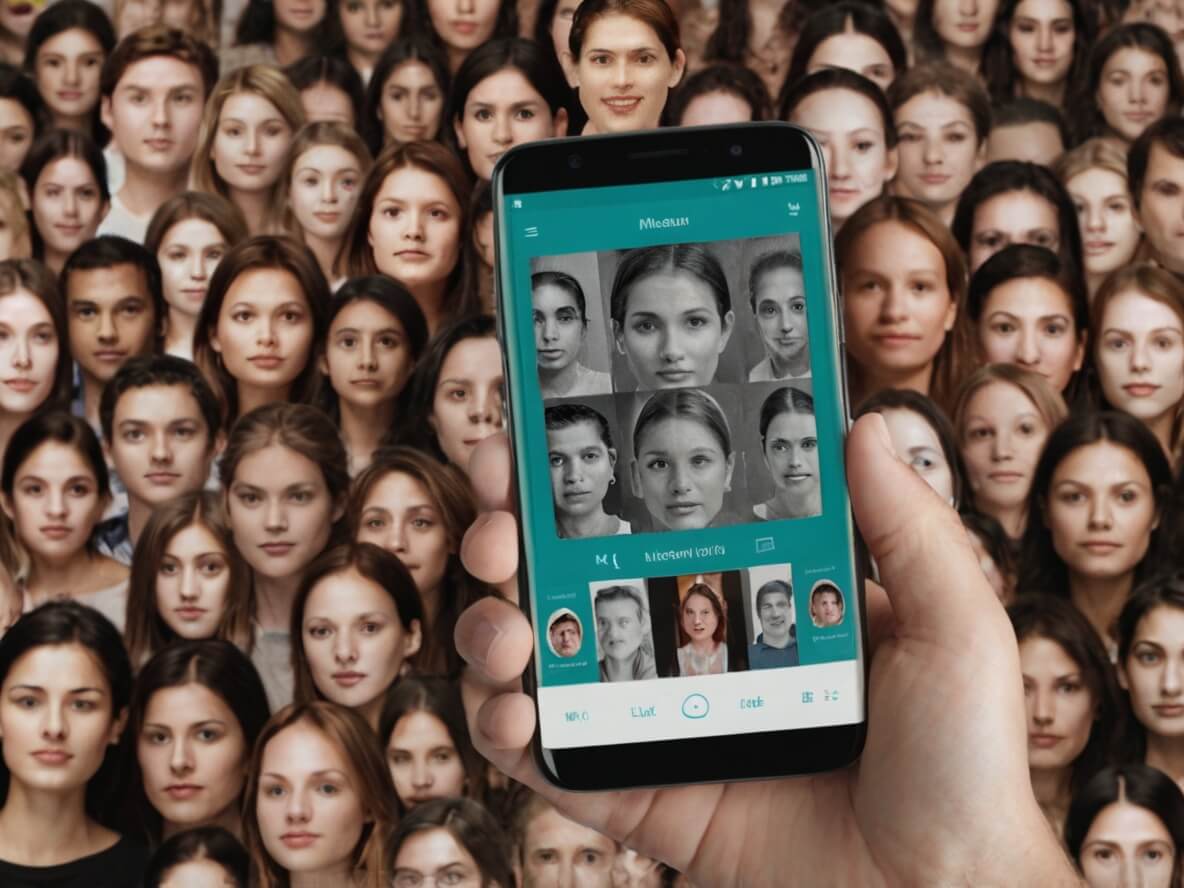Facial detection technology has rapidly evolved over the past few decades, transforming from a niche area of research into a ubiquitous feature in modern devices and systems. It powers a wide range of applications, from unlocking smartphones to enhancing security systems. In this blog, we’ll explore what facial detection is, how it works, its various applications, and what the future holds for this fascinating technology.
What is Facial Detection?
Facial detection is a computer technology capable of identifying or verifying a person from a digital image or video frame. It involves detecting the presence and position of a face within the image. Unlike facial recognition, which identifies specific individuals, facial detection merely recognizes that a face is present.
How Does Facial Detection Work?
Facial detection systems use algorithms to analyze images and identify facial features. Here’s a breakdown of the typical process:
1. Image Acquisition: The process begins with capturing an image or video frame that potentially contains one or more faces.
2. Pre-Processing: The image undergoes various pre-processing steps such as resizing, normalization, and grayscale conversion to enhance its quality and make the detection process more efficient.
3. Feature Extraction: Algorithms scan the image for distinct facial features such as eyes, nose, mouth, and the overall shape of the face. Common techniques include the Viola-Jones object detection framework and deep learning-based approaches like Convolutional Neural Networks (CNNs).
4. Classification: The system classifies regions of the image as either containing a face or not. This step involves comparing the extracted features to a database of known facial patterns.
5. Post-Processing: The final step refines the results, often applying techniques to remove false positives and improve the accuracy of the detected faces.
Key Algorithms and Techniques
1. Viola-Jones Algorithm: One of the earliest and most popular algorithms, it uses Haar-like features and a cascade of classifiers to detect faces in real-time.
2. Histogram of Oriented Gradients (HOG): This technique detects faces by analyzing the distribution of gradients or edge directions within the image.
3. Deep Learning: Modern facial detection systems often rely on deep learning, particularly CNNs, which can learn and recognize complex patterns in images, making them highly effective for facial detection tasks.
Applications of Facial Detection
1. Security and Surveillance: Facial detection is widely used in security cameras and surveillance systems to monitor and identify individuals in real-time, enhancing public safety.
2. Smartphones and Gadgets: Many smartphones use facial detection for features like unlocking the device, logging into apps, and even enhancing camera capabilities with effects like portrait mode.
3. Retail and Marketing: Businesses use facial detection to analyze customer behavior, track foot traffic, and personalize marketing efforts based on demographic data.
4. Healthcare: Facial detection aids in patient monitoring, identifying signs of distress or discomfort, and even diagnosing certain conditions based on facial expressions.
5. Automotive Industry: In cars, facial detection can monitor drivers for signs of fatigue or distraction, enhancing road safety.
6. Entertainment and Gaming: Facial detection is used in augmented reality (AR) applications, gaming, and virtual reality (VR) to create immersive experiences by tracking users’ facial expressions and movements.
Challenges and Ethical Considerations
1. Privacy Concerns: The widespread use of facial detection raises significant privacy issues, as individuals may be monitored without their consent. Ensuring data protection and compliance with privacy laws is crucial.
2. Bias and Fairness: Facial detection systems can exhibit biases, particularly against certain demographic groups, leading to inaccuracies and unfair treatment. Developing unbiased algorithms is an ongoing challenge.
3. Security Risks: As with any technology, facial detection systems can be vulnerable to hacking and spoofing, necessitating robust security measures.
The Future of Facial Detection
1. Improved Accuracy: Advances in machine learning and AI will continue to enhance the accuracy and reliability of facial detection systems.
2. Integration with Other Technologies: Facial detection will increasingly integrate with other technologies such as biometrics, IoT, and AI to create more sophisticated and versatile applications.
3. Regulation and Standards: As the technology becomes more pervasive, there will likely be increased regulation and the establishment of standards to address privacy, security, and ethical concerns.
4. Personalization: Future applications will leverage facial detection for even more personalized experiences, from targeted advertising to customized healthcare solutions.
Conclusion
Facial detection technology has come a long way, offering numerous benefits across various industries while also presenting challenges that need to be addressed. As we move forward, the focus will be on enhancing accuracy, ensuring fairness, and addressing privacy concerns, all while unlocking new and innovative applications.




